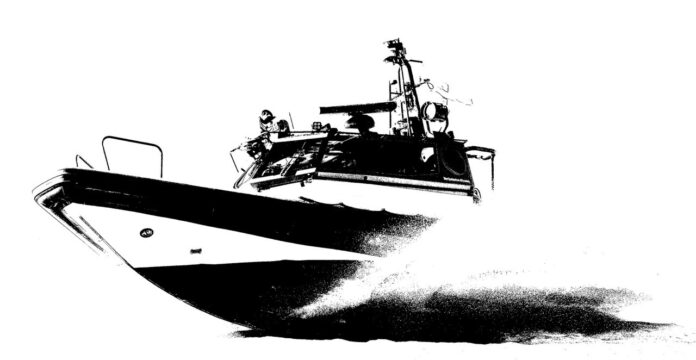Most academic institutions that offer graduate degrees worldwide offer public access to dissertations approved by their departments. The most common means of accessibility is through each institution’s library, whether in print form, electronically, or both.
University of Vaasa has a unique method of displaying dissertations publicly. Literally!
Not only are dissertations available in the university’s library and online, they are physically hung on a board on campus, at Tervahovi, the main building, where most vivas and thesis examinations are held. The process is referred to at the Dissertation Process section of the university’s website as nailing.
All doctoral candidates are required to submit copies for the public display or nailing, of their dissertations at the Information Desk ten days prior to the students’ vivas. The dissertations are nailed to the board, hanging from one end, like an ancient scroll displaying a major announcement to the subjects of an ancient city.
This display, this spectacle, akin to some Greco-Roman or other ancient market place announcement is what makes this process unique among many comparable institutions.
I have recently presented a paper in a conference in Zagreb about the use of graffiti during the Egyptian revolution as a type of narrative continuum. I find similar strains of narrativity in the nailing tradition at our university. Graffiti turns a two-sided wall from a semi-public surface into a public space for communication and communal sharing. Similarly, the nailing of dissertations turns the wall into a public sphere rather than an enclosement of knowledge in an academic institution.
The board, the wall, where the dissertations hang is a communicative vehicle. It communicates what goes beyond the wall, behind its concreteness, to the world outside the wall, facing it. The nailing penetrates the wall. As much as an actual nail penetrates a wall, the nailed dissertations sum up the fruit of the entire life throbbing behind that wall. Thus, they penetrate the institutionalization of knowledge that has enveloped and mystified higher education for decades. The wall of dissertations, therefore, is a wall of communication and access rather than a wall of separation and restriction.
In addition to its communicative trait, this magical wall offers a narrative. Each dissertation tells a story. It narrates the life of the text, and carries the intellect of the researcher, the advisers and the examiners, not to mention the dozens of intellectual influences an individual researcher is shaped by, from authors to teachers at various stages of education. Together, the nailed dissertations form a narrative continuum. They remind me of an ancient practice in market places where poems and stories were hung on walls for public access, just like graffiti are extensions of wall engravings in caves and temples. The nailing process is a cross over between those traditions and the contemporary cyber-reality of social media, and the ever changing newsfeed.
In a world fraught with issues of walls and access, academia needs to respond in a manner that reflects its defining role. Nailing dissertations on a wall is, from my perspective, a positive mark on the walls of academia, and a refreshing episode on the endless narrative of acquiring and sharing knowledge.
Muna Khattab
PhD Student
Doctoral Program in Languages and Communication



